Spain's Enduring Summer: Decoding the August Heatwave and How to Adapt
Navigating Spain's intense August heatwave? Get AEMET's latest alerts, pinpoint affected regions, and uncover innovative, budget-friendly ways to beat the scorching temperatures.
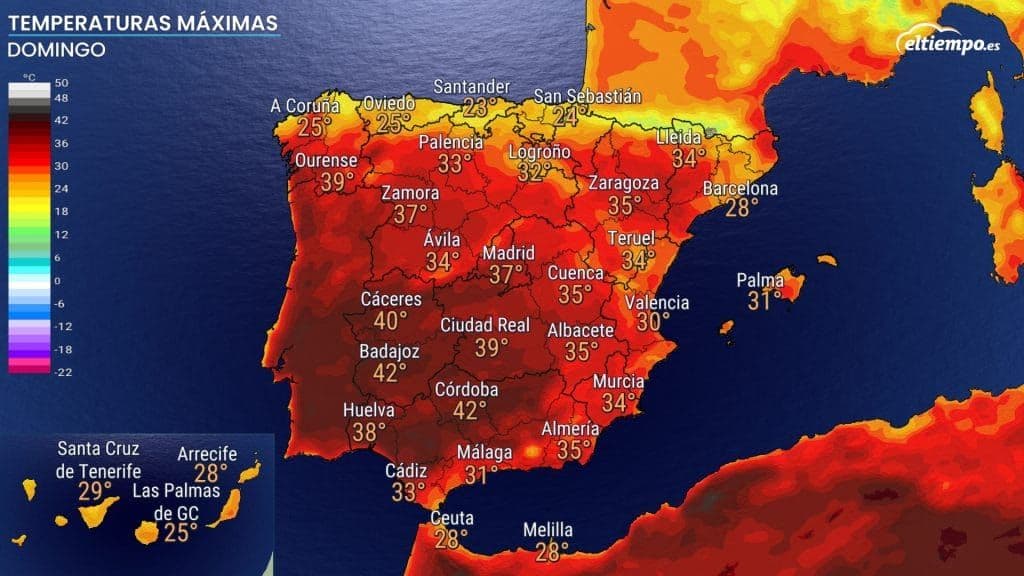
The Mercury's Ascent: What AEMET Predicts
As August unfolds, Spain finds itself grappling with its second official heatwave of the summer, a meteorological event , the State Meteorological Agency, warns will be both intense and potentially prolonged. Kicking off on Sunday, August 3rd, and officially slated to conclude by Tuesday, August 5th, this initial blast of August heat is anything but brief. Forecasters anticipate temperatures soaring to 40°C or even higher across vast swathes of the country. is pinpointed as an early hot spot, expected to hit the 40°C mark on Sunday. By Monday, the thermal climb intensifies, pushing southern into the 40°C range, while major cities like , , and brace for temperatures between 38°C and 40°C. Even regions further north, including , the , and , which initially saw temperatures around 32-34°C, are expected to see the mercury climb, potentially nearing 38°C in areas like , , and the . Meanwhile, the won't escape, with predictions of up to 38°C in their mid-altitude zones. While the official heatwave might conclude mid-week, AEMET’s spokesperson, , cautions that the intense heat is set to persist, with some models even suggesting a further rise in the northern half of the country later in the week. This isn't just a fleeting hot spell; it's a significant meteorological challenge.
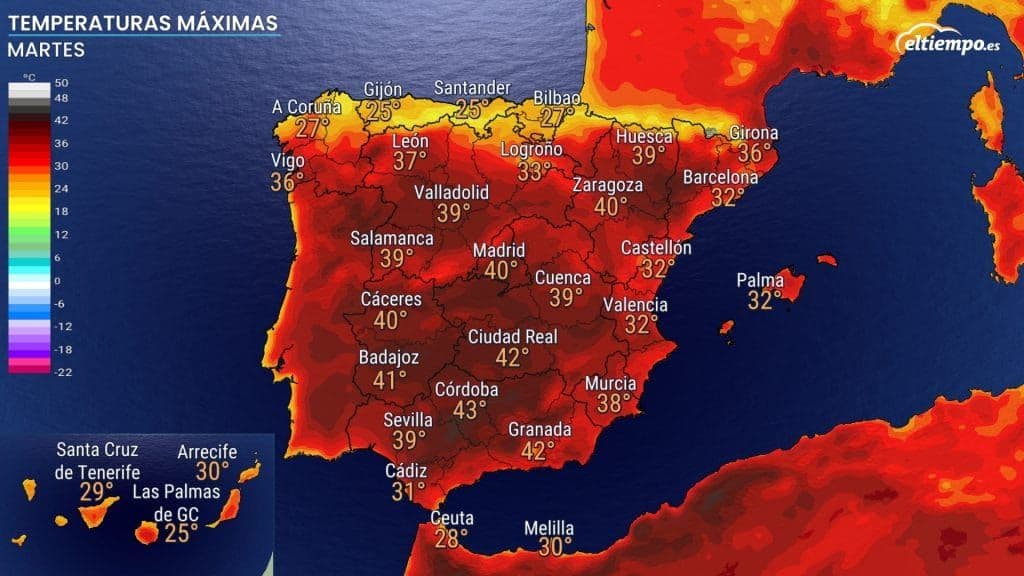
Life in the Hot Zone: Impact on Daily Spain
The relentless rise in temperatures, particularly the anticipated peak on Tuesday, August 5th, where some areas could hit a scorching 45°C, is poised to profoundly impact daily life across Spain. This isn't just about uncomfortable warmth; it's about the widespread disruption and health risks that come with extreme heat. Cities like , , , , , , , and are all expected to breach the 40°C threshold, while many other locations, from to , will see temperatures exceeding 36°C. Such conditions transform routine activities into arduous tasks, affecting work, leisure, and even essential services. Beyond the sheer heat, the country faces a complex weather tapestry. has issued yellow alerts for not only high temperatures across ten communities, including , , and , but also for severe storms, heavy rains, and strong wind gusts in central and eastern regions. This dual threat—sweltering heat coupled with unpredictable and violent storms—adds layers of complexity to daily planning and public safety efforts. It underscores the need for constant vigilance and adaptive strategies, as communities navigate a summer where the weather is not just hot, but also highly volatile.
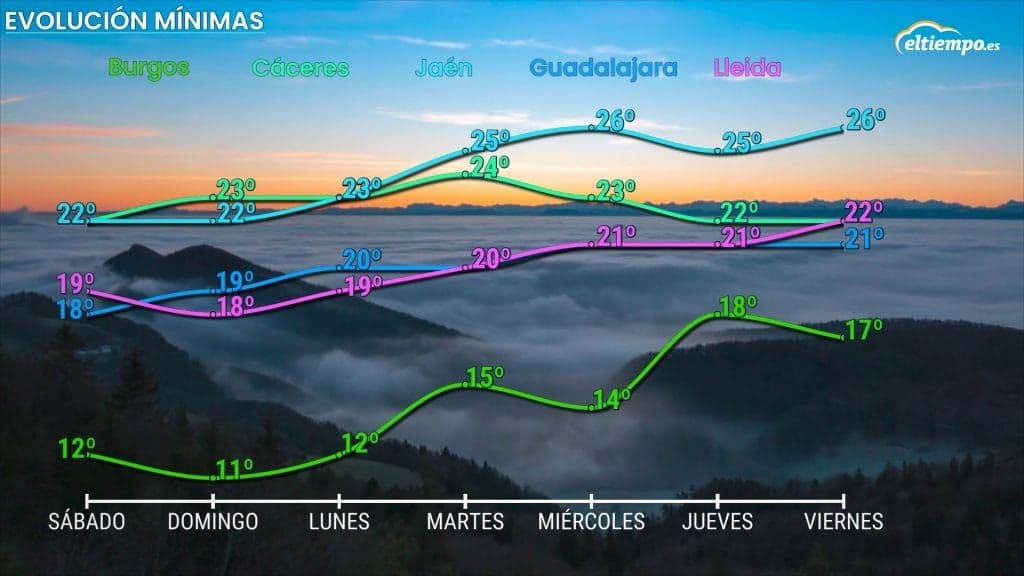
Ingenious Relief: Unexpected Ways to Beat the Heat
With the mercury stubbornly high and the threat of prolonged heat lingering, Spaniards are increasingly turning to resourceful, often low-cost, methods to find respite. While air conditioning offers immediate relief, its energy consumption and environmental impact prompt many to seek alternative solutions. Intriguingly, reports highlight 'two German techniques' for cooling homes without spending a euro, one of which is described as 'exactly the opposite of what a good part of the population does daily.' While the specifics aren't detailed, this points to smart, counter-intuitive strategies, perhaps involving precise timing for ventilation or managing window and shutter positions throughout the day to capitalize on cooler night air and block intense daytime sun. The challenge is compounded by the prevalence of 'tropical nights,' where temperatures refuse to dip below 20°C, making restful sleep a distant dream for many. These non-cooling nights necessitate a shift in how homes are managed, moving beyond simple daytime strategies to embrace comprehensive, 24-hour cooling approaches. From damp sheets to strategic use of fans and minimizing heat-generating activities, the ingenuity of Spanish households in adapting to these increasingly common conditions is a testament to their resilience. It's about outsmarting the heat, not just enduring it.
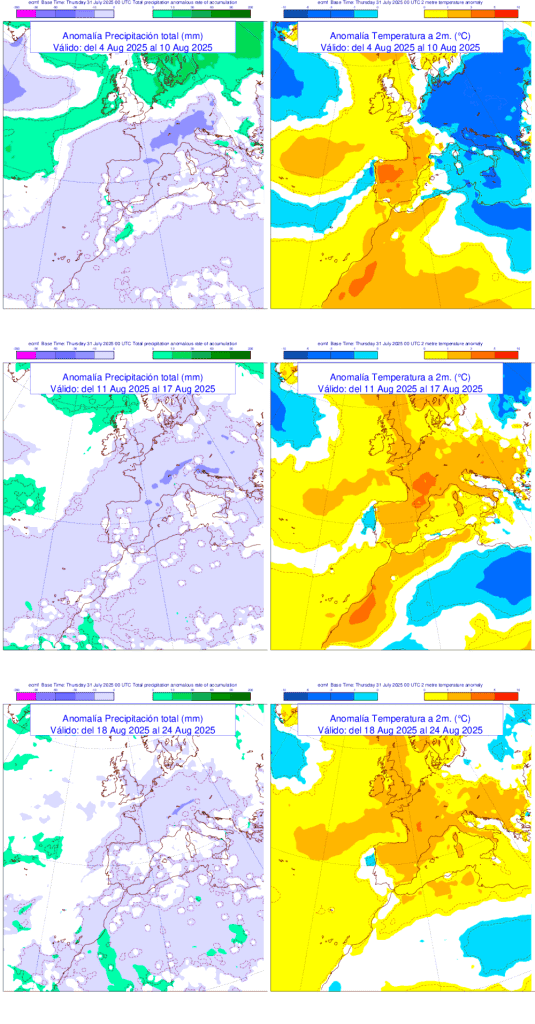
Building Resilience: A Long Summer Ahead
The current heatwave, while significant, appears to be just the beginning of a challenging August for Spain. 's long-range forecasts paint a picture of sustained warmth, indicating that the weeks of August 11-17 and August 18-24 are also expected to be warmer than normal across most of the Peninsula, with continued scarce precipitation. This outlook suggests that Spain isn't merely facing a temporary heatwave but rather a 'long summer' that demands ongoing adaptation and resilience. The persistence of above-average temperatures, particularly with minimums remaining uncomfortably high in many areas, means that the strain on public health, infrastructure, and daily routines will be continuous. This extends beyond individual coping mechanisms to require broader societal adjustments. How will cities manage public spaces to offer more shade and cooling zones? What new policies will emerge to protect vulnerable populations? The evolving climate is pushing Spain to innovate in urban planning, public health initiatives, and energy management. This extended period of intense heat serves as a stark reminder of the long-term climate challenges ahead, urging a proactive approach to building greater national resilience against increasingly frequent and severe extreme weather events.
Related Articles
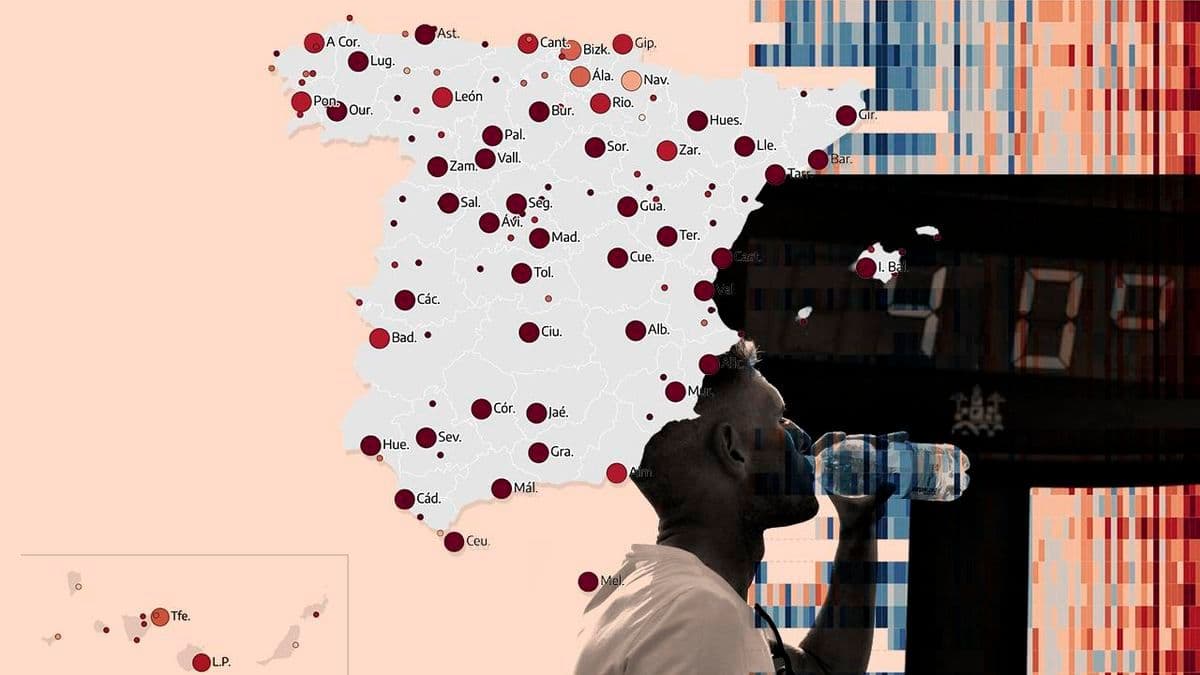
Spain's Climate Conundrum: Unpacking the Volatile Dance of Extreme Temperatures

Spain's Climate Conundrum: Unpacking the Volatile Dance of Extreme Temperatures
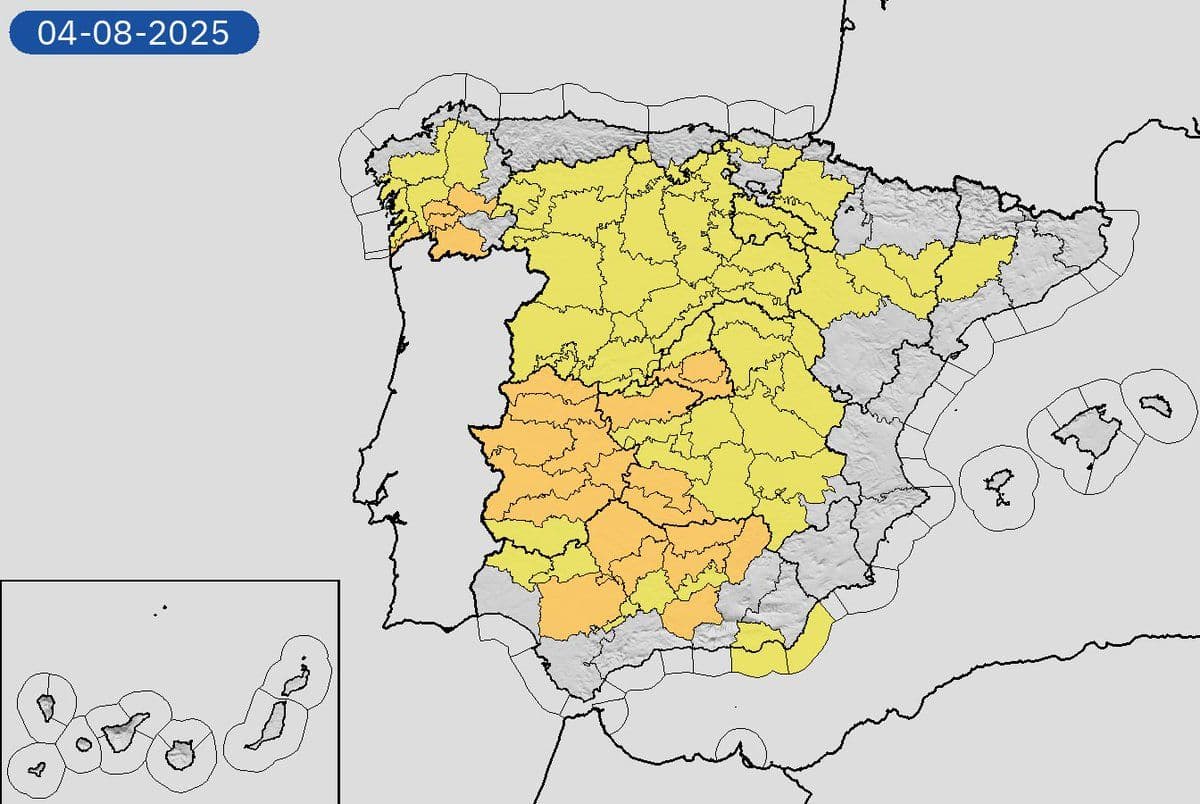
Under the Scorching Sun: How Spain's Heatwaves Are Redefining a Nation

Under the Scorching Sun: How Spain's Heatwaves Are Redefining a Nation

The Iberian Weather Paradox: Navigating Spain's Temperamental Summer

The Iberian Weather Paradox: Navigating Spain's Temperamental Summer
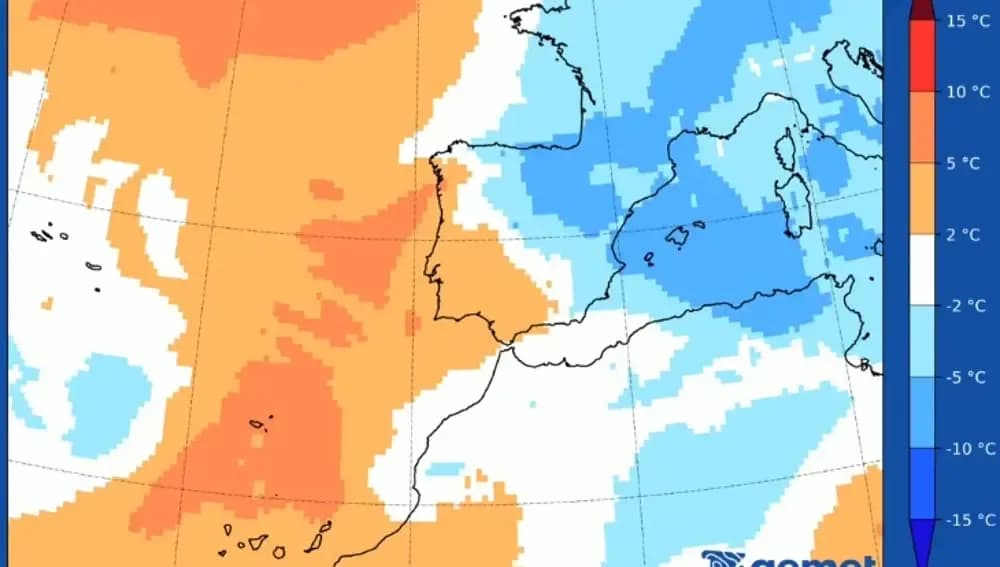
Spain's Summer Plot Twist: How Rains Are Rewriting July's Narrative
